The vast majority of Americans would agree that life in the US has become far too expensive. However, while some may dream of moving abroad and enjoying a lower cost of living, one man has reported that other countries aren’t always cheaper.
A retiree from New Mexico, Gary Keenan, moved to Costa Rica not only to enjoy the beautiful beaches and culture but also to ensure his savings lasted him the rest of his life. But he found out the hard way that Costa Rica is actually more expensive than New Mexico.
Making the Move to Costa Rica

When Gary Keenan attended a company retreat in Playa Zancudo, Costa Rica, he fell absolutely in love with the gorgeous beachside town, the delicious food, and the relaxed lifestyle.
So, just a few years later, when he finally sold his company and retired, he decided he would pack up everything and move down there to enjoy the sweet life.
Transitioning from Albuquerque to Costa Rica
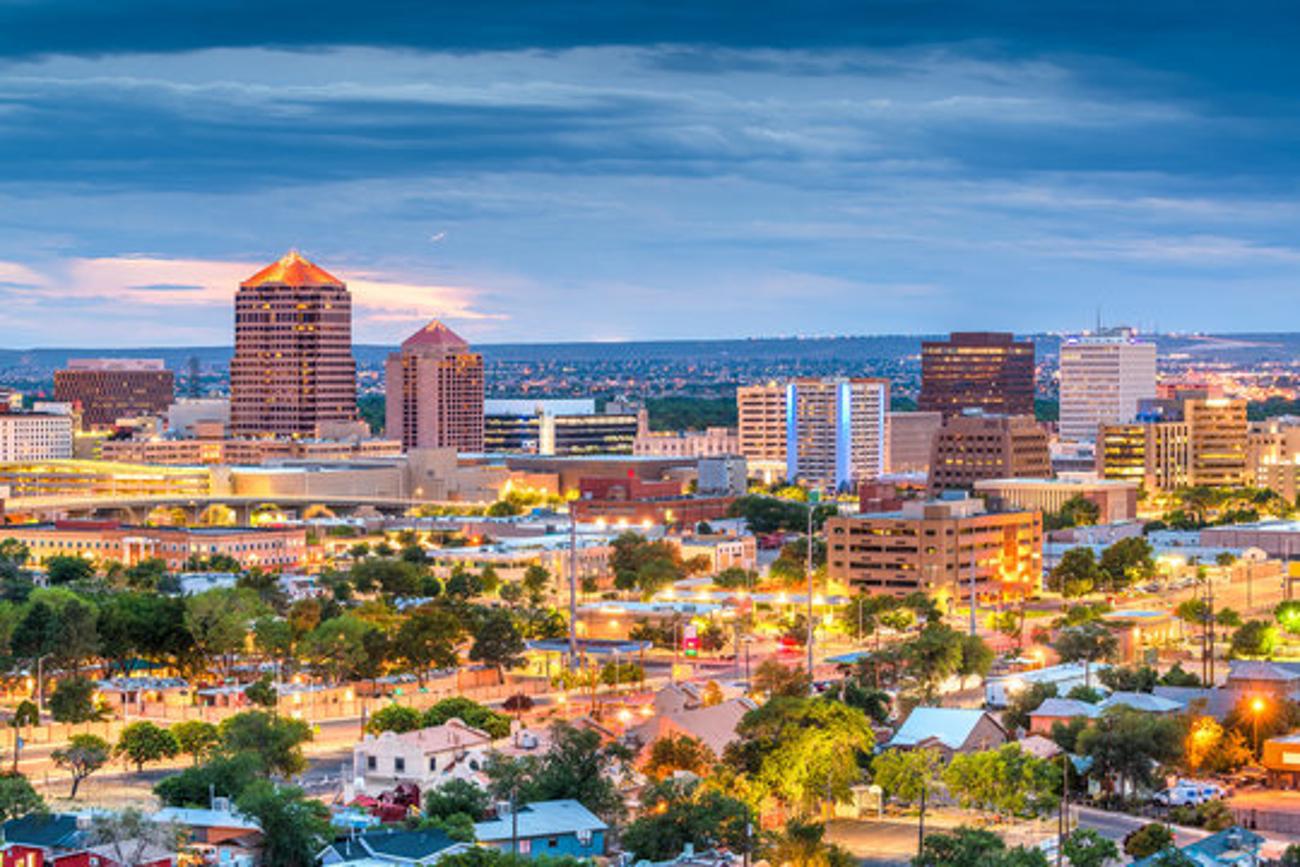
Living in Albuquerque, New Mexico, for the majority of his life, Keenan knew he would experience some culture shock when he moved to Costa Rica.
However, he certainly didn’t expect to pay more for his living costs, like rent, groceries, and transportation, in Costa Rica than he was paying in the United States. But that’s exactly what he found.
Finding His Footing in San Jose, Costa Rica

Although Keenan originally moved to Costa Rica for its breathtaking beaches, he decided that the best course of action was to settle in the capital city of San Jose.
He knew little about San Jose, so when he arrived, he stayed in a hotel and looked for an apartment. Keenan hired a local to help him explore the nearby suburbs, but most of the apartments he looked at cost between $1,000 and $1,5000 per month.
Getting Around Costa Rica

After signing a lease for a $1,000-a-month apartment, Keenan then needed to buy a car to get around the city. He was expecting to pay far less than what he would have in the US, but he ended up paying double.
In early 2023, Keenan bought a car that the Kelley Blue Book listed as worth between $16,000 and $18,000. But he had to pay $34,000 in Costa Rica. He knew he could have shipped a car from the US instead, but Keenan was concerned the transportation costs would add up, and he’d end up paying about the same anyway.
The Cost of Groceries in Costa Rica Was Shocking

In addition to his moderately expensive rent and his exceptionally costly car, Keenan noticed that he was paying far more for his weekly groceries than he ever did in New Mexico.
Keenan noted that the cheapest cut of meat at his San Jose grocery store cost about $5.50 per pound, and all packaged and imported food was far more expensive than back home.
The Extra Costs of Living in San Jose, Costa Rica

Alongside the general necessities, Keenan also found himself paying for things he wouldn’t have had to worry about in the United States.
He reported that his neighborhood in San Jose could be quite dangerous, and therefore, he needed to invest in a security system: “If one is going to live down here, they must have close to round-the-clock security. There is a lot of opportunity for crime, and an unguarded house is a prime target eventually.”
Learning a Second Language Is Extremely Challenging

Additionally, Keenan found that everything in Costa Rica, from finding an apartment to buying a car and even making friends, was exceptionally challenging as he spoke minimal Spanish.
Keenan spent even more money on Spanish lessons as very few people in San Jose spoke English. However, after a year and a half of private tutoring, he said he still couldn’t communicate easily with the locals.
Costa Rica Wasn’t Always as Expensive as It Is Now

Keenan told Business Insider that he found Costa Rica much more affordable when he first visited it than when he returned to live there permanently.
This is absolutely true; global inflation during the COVID-19 pandemic hit Costa Rica just as it did the US. And as the dollar has fallen by roughly 25% against the Costa Rican colon over the past few years, everything costs more there than it did just five years ago.
Costa Rica: The United States of Central America

While global inflation and the value of the US dollar certainly affect the cost of living in Costa Rica, there is another reason why this country has become so much more expensive over the past decade.
Because of its gorgeous landscape and close proximity to the US, hundreds of thousands of Americans have moved to Costa Rica over the past ten years, most of whom are retirees like Keenan looking for an “easy going” lifestyle. But this influx of migrants has significantly increased the cost of living, and now, some people even call Costa Rica the US of Central America.
Costa Rica Is the Most Expensive Country in Central America
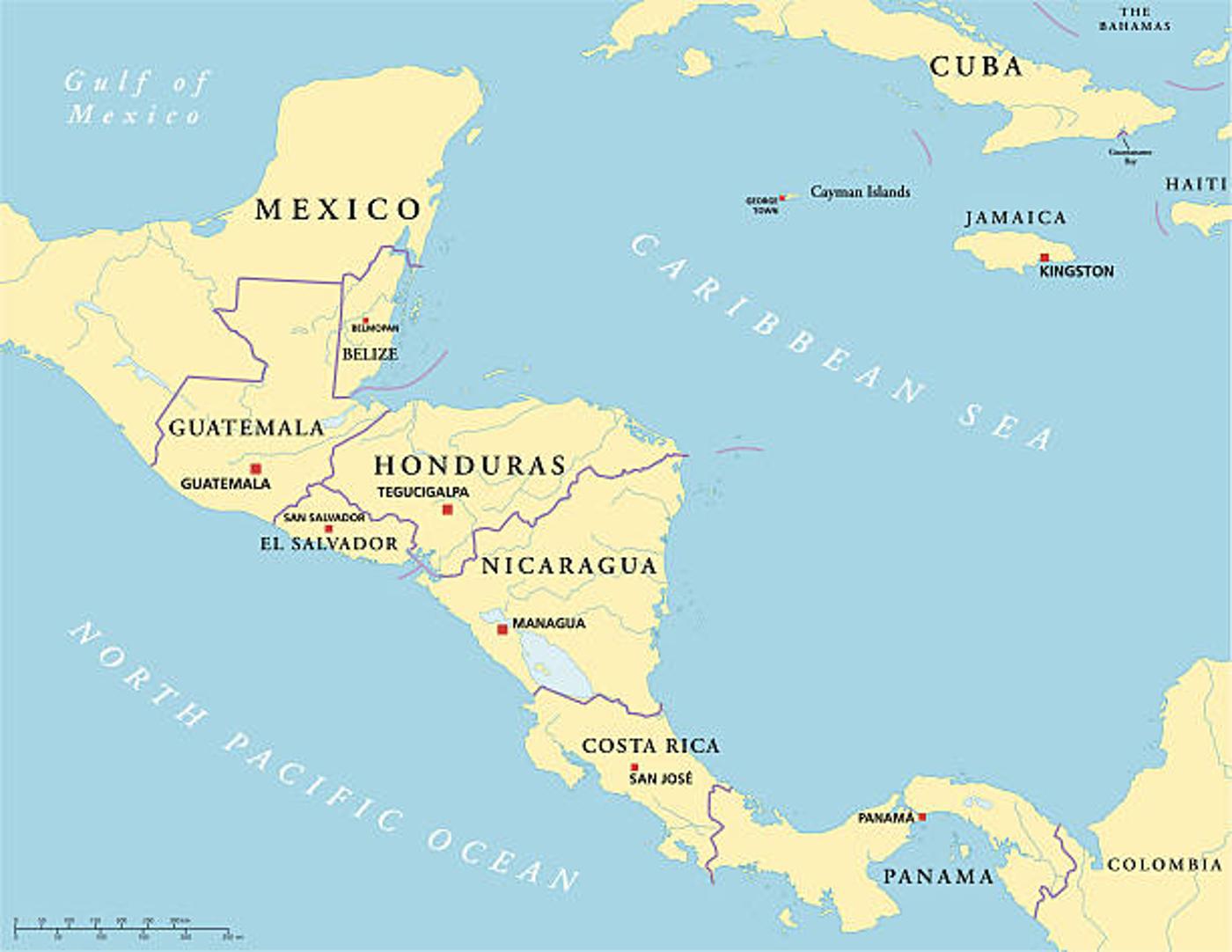
It’s important to note that Costa Rica is the most expensive country in Central America by far. The other nations between North and South America, including Honduras, Nicaragua, Guatemala, and Panama, are far more affordable.
That being said, those countries don’t have the same infrastructure as Costa Rica, and therefore, many American retirees don’t feel as comfortable moving there.
Moving Abroad Isn’t as Easy as It Looks
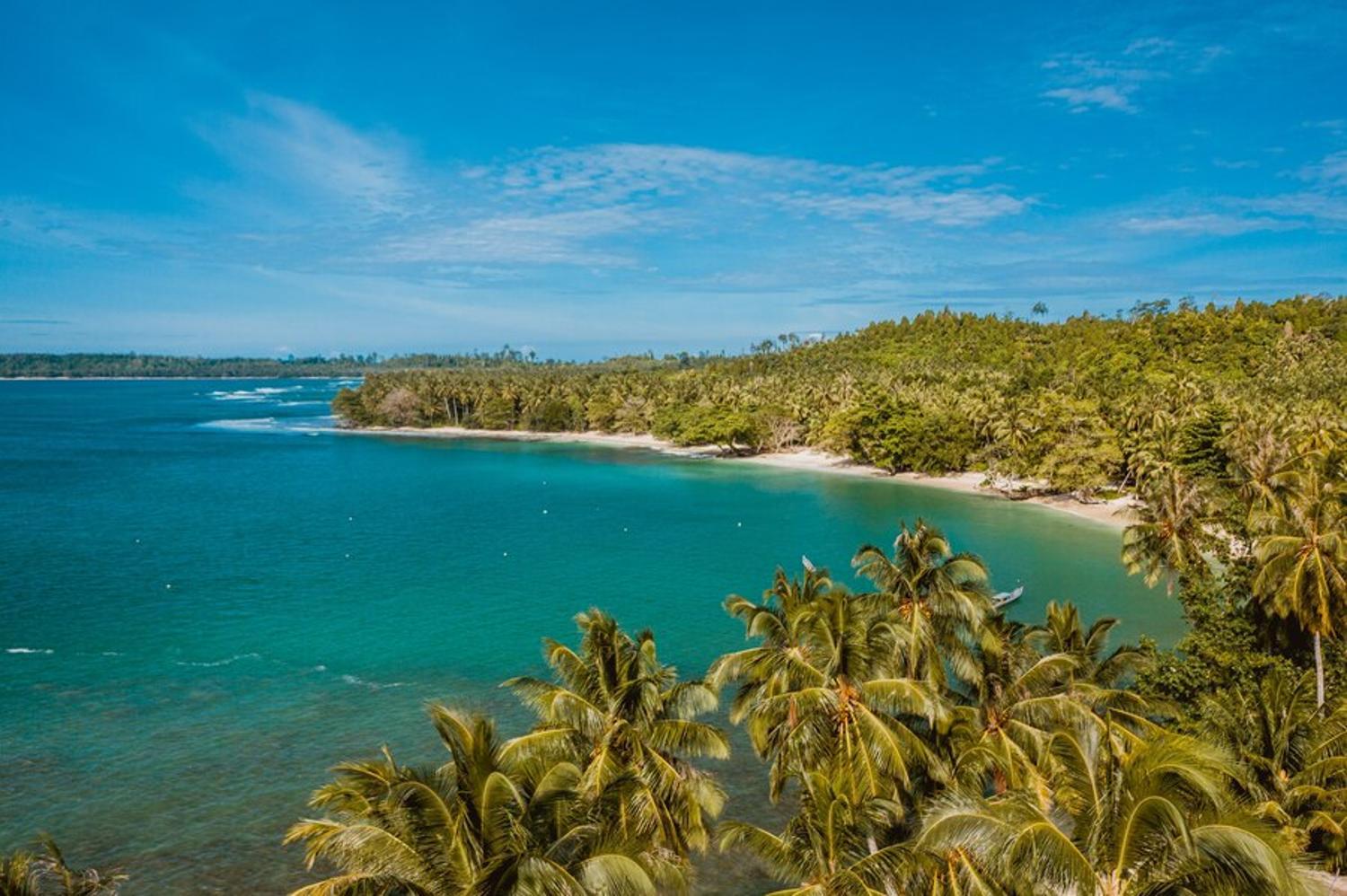
Keenan’s story is not unique; there are thousands of Americans who thought moving abroad would solve all their problems, financial and otherwise. However, moving abroad is not nearly as easy or as cheap as one might think.
When moving abroad, it’s crucial to do your research. You need to first find out how much it really costs to live there, whether or not the locals speak English, how easy it will be to rent an apartment and buy a car, and how safe the area actually is. Otherwise, you’ll find yourself in a tricky (and expensive) situation, just like Keenan.
Other Expensive Cities to Move To

While San Juan is an expensive place for Americans to move to, other cities throughout the world sound like heaven but the cost of living could outweigh the benefits of paradise.
In a new report from the Economist Intelligence Unit’s Worldwide Cost of Living survey, here are ten of the most expensive places to live.
The Study

The survey was conducted from August 14 to September 11, and covered 173 cities. The prices of more than 200 products and services were compared and contrasted to find this ranking, with some of the highest costs being placed on daily essentials.
Cities often showcased higher prices due to inflation, which has increased pieces of goods and services by 7.4%.
Singapore

The most expensive city on the survey is a two-way tie! But we are highlighting the city that has appeared at the top of this list more than any other city: Singapore.
From limited housing to the high costs of private cars and government policies that control the market, Singapore can be a costly place to live, but it does offer a high quality of life.
Zurich, Switzerland
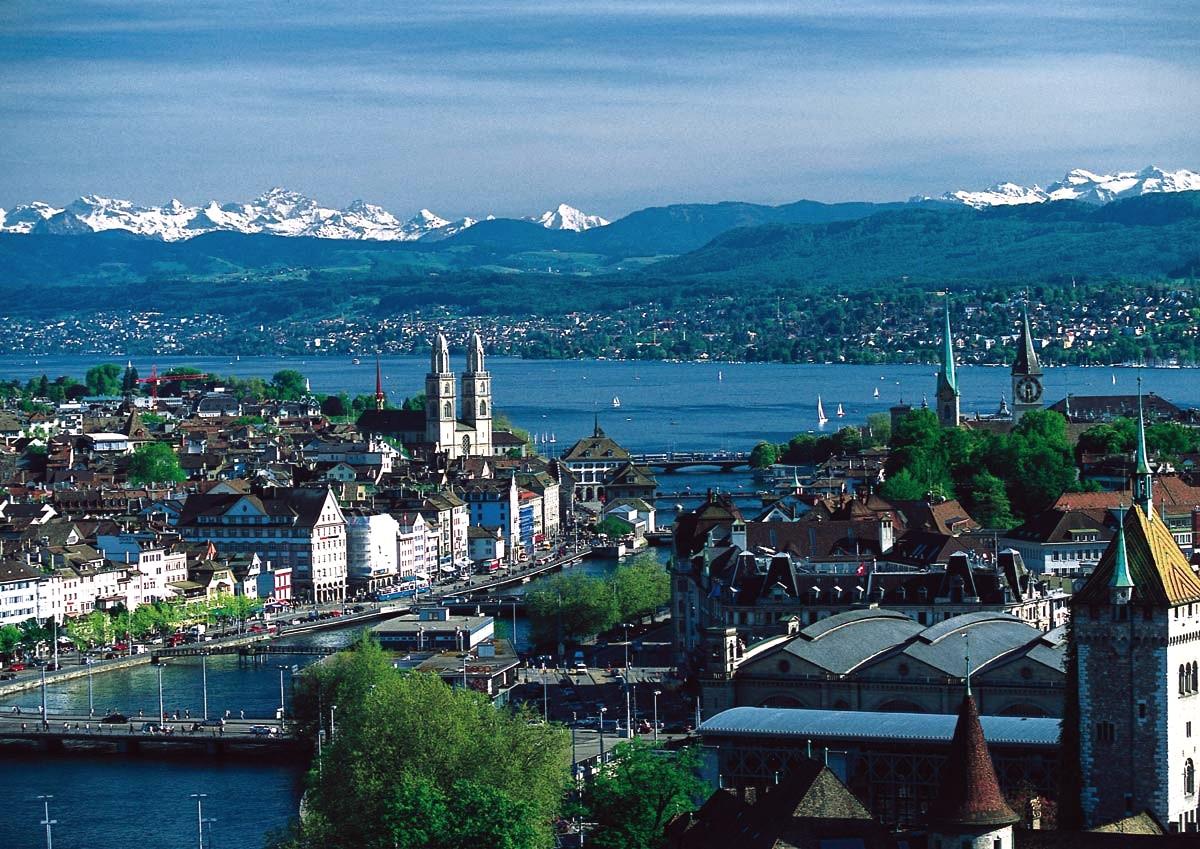
Sitting comfortably at the top of the list with Singapore is Zurich, Switzerland. The idyllic Alpine lifestyle, political and economic stability, and excellent healthcare make Zurich an ideal place for anyone to live. However, this high quality of life comes with a high price.
With high prices for food and leisure activities (and the strong Swiss franc), Zurich is an expensive place to call home.
New York City

New York City also joins the ranks of the most expensive cities to live in. From its massive population, booming economy, high demand for housing, and variety of public services, New York City can cost you a pretty penny.
According to the Property Club, the Big Apple’s cost of living is over 121% higher than the national average, making it the most expensive city to live in in the US.
Geneva, Switzerland
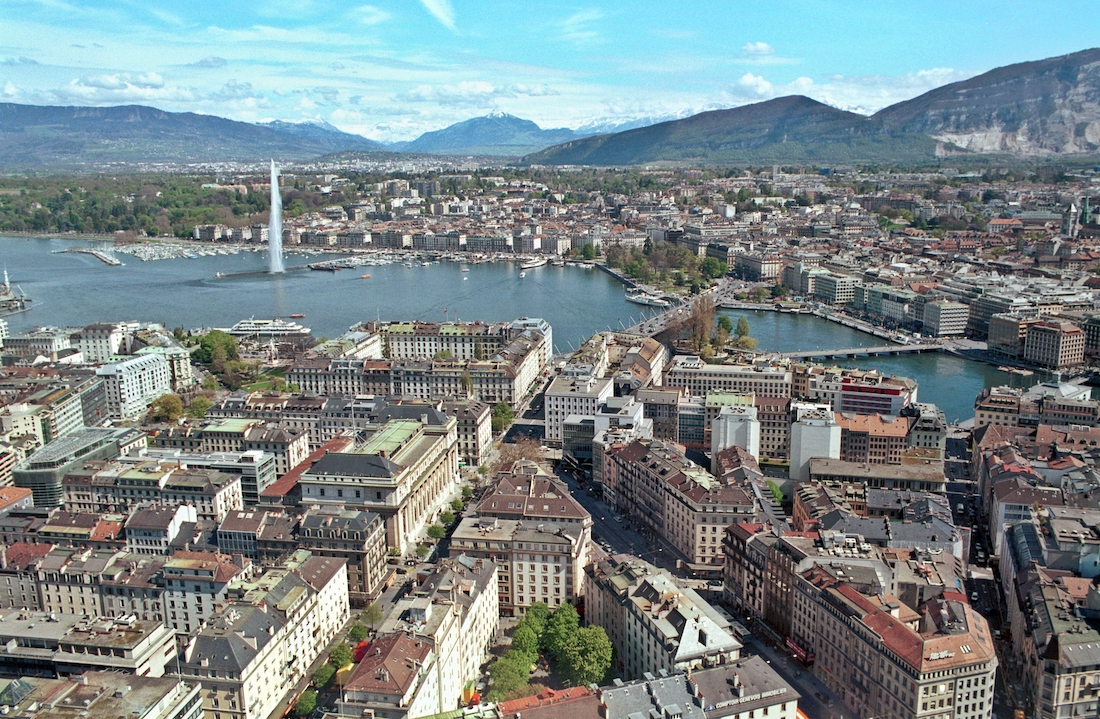
Tied with New York City as the most expensive place to live in the world in Geneva, Switzerland. The city’s high commitment to a higher quality of life for its citizens isn’t free.
Through strict regulations for environmental protection, food safety, and healthcare standards, people living in Geneva are paying a bit more for a higher quality of life. Maybe it’s a good thing their minimum wage is $27 per hour.
Hong Kong

From the lack of space, which causes housing prices to skyrocket, to the practicalities of driving, Hong Kong is an expensive place to live.
According to the annual Demographic International Housing Affordability Survey, the densely populated city shows the median house prices are what make the city so expensive (via CNBC).
Los Angeles

Los Angeles was built to be a modern city for the modern person… back in the 1930s. This means the future was transportation, and the city was built around cars. Oh, the irony of it all as Californians spend most of their days in traffic.
The City of Angeles is the second most expensive city in the US, with a housing shortage that is driving the cost of living way up.
Paris, France

Home to this summer’s Olympics, Paris is one of the most expensive cities to live in. With hefty leisure expenses, little housing availability, and high demand, it is no wonder that the City of Love is so costly.
Even with high salaries, Parisians are paying high taxes, this includes income tax, social security contributions, and value-added tax, which can affect their disposable income.
Copenhagen, Denmark

Like the other cities on this list, Copenhagen has a high cost of living for several factors. Housing costs, high wages and taxes, the cost of food, and environmental policies are some of the reasons why the city is so expensive.
However, the cost of living is often balanced by the high standard of living and extensive social benefits for the city’s residents.
Tel Aviv-Yafo
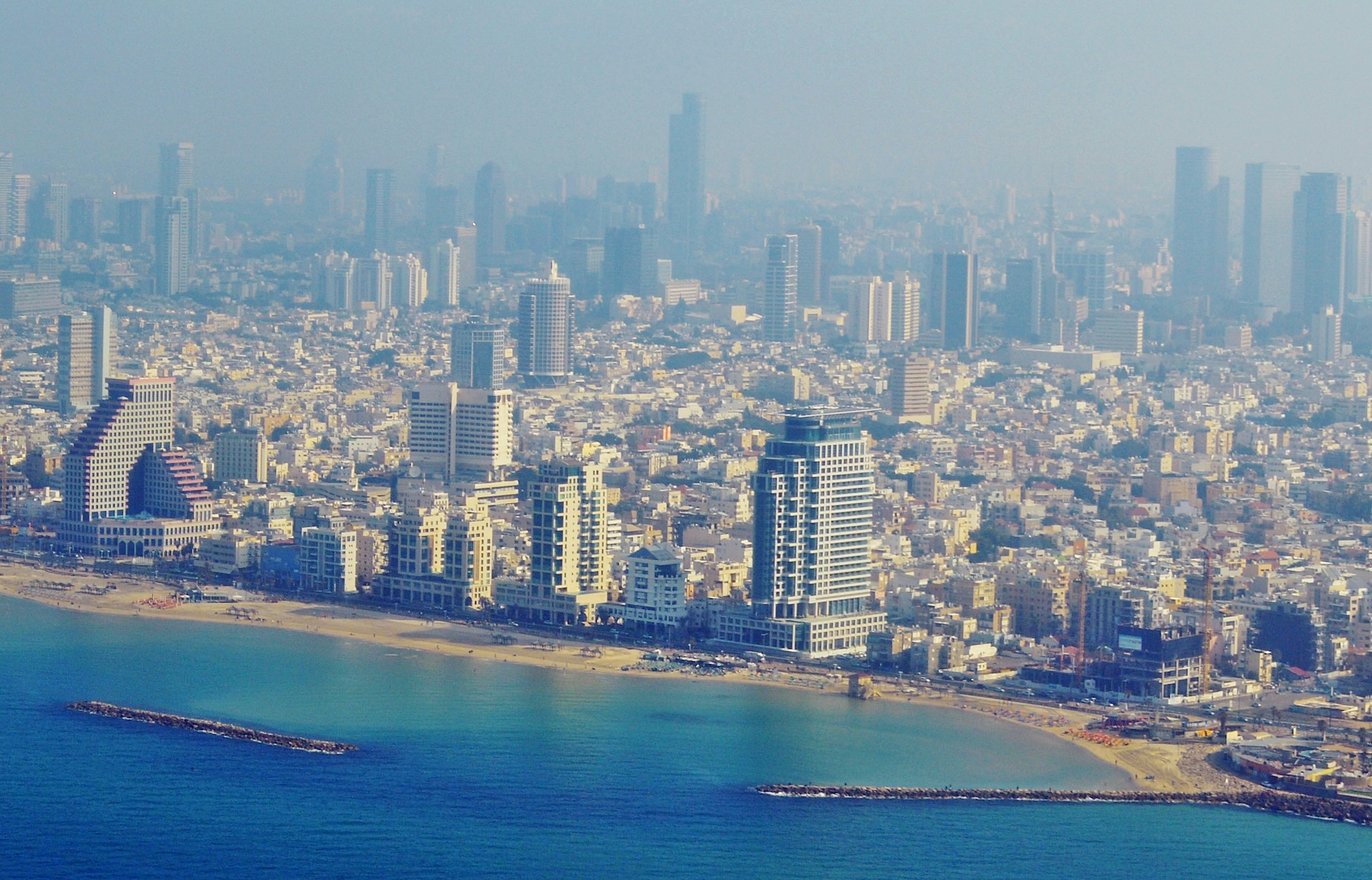
Tel Aviv is a major cultural hub, attracting both domestic and international businesses. This demand, along with several other factors like dining, transportation, and housing costs, make Tel Aviv one of the most expensive cities in the world.
Bordered by the Mediterranean and sandy beaches, it is easy to see why so many people want to call this beautiful city in Israel home.
San Francisco

While some of you might have left your heart in San Francisco, others left with their wallets empty. The foggy city is notorious for its high cost of living and its limited supply of housing. Because the city is a peninsula surrounded by water, building more housing isn’t a plausible solution.
As more and more tech companies leave the city, prices have fallen. However, the lure of opportunity the city wants offered isn’t as available as it once was.








































